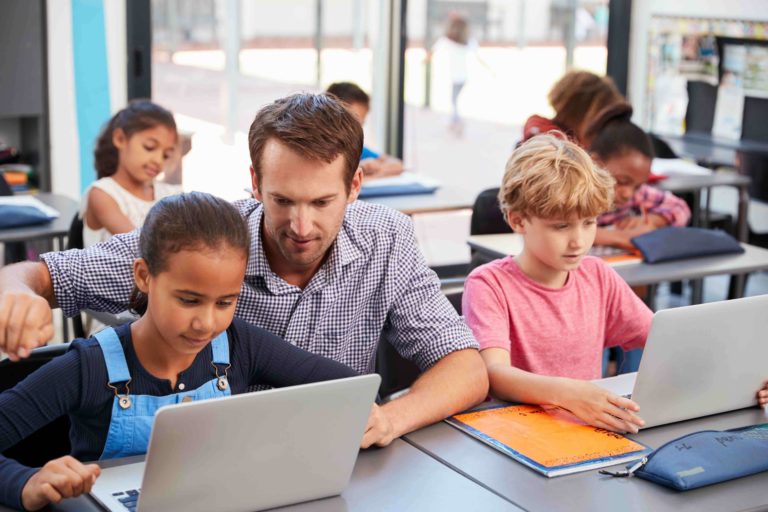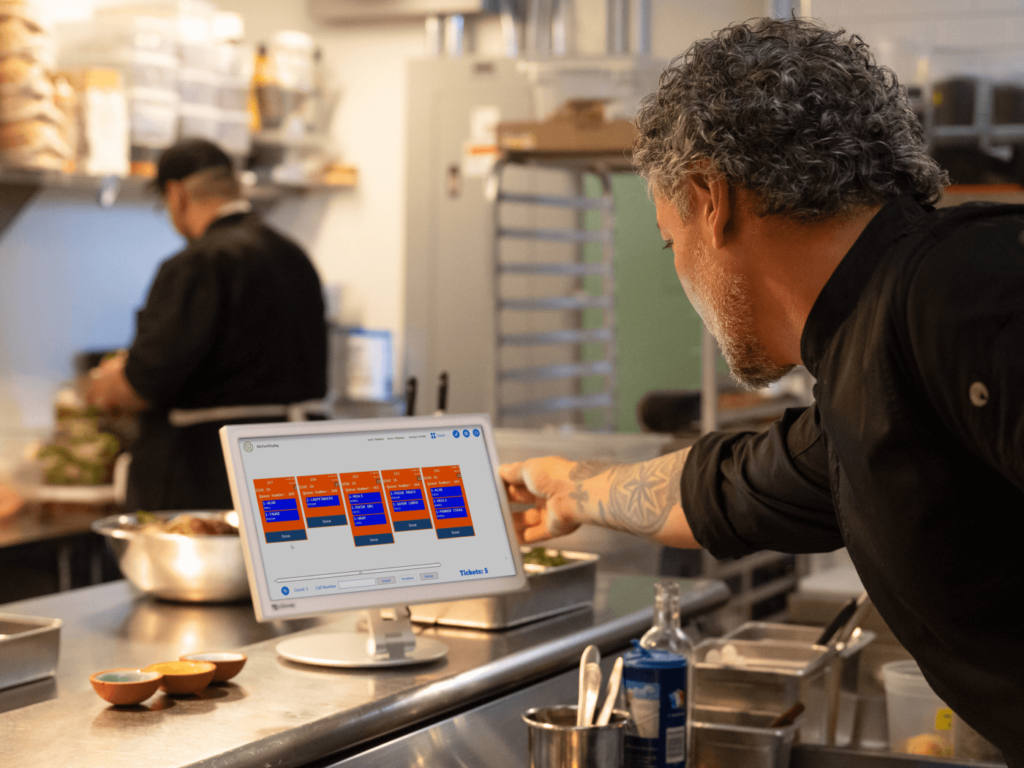In today’s rapidly evolving world, education has taken a giant leap forward thanks to the integration of technology. The emergence of tech-enabled learning has revolutionized the classroom experience, offering students and educators new tools and opportunities for engagement, personalization, and growth. In this blog, we’ll explore the transformative power of classroom technology, the benefits it brings, challenges to navigate, and best practices for successful implementation.
1. The Evolution of Classroom Technology:
Over the years, classroom technology has evolved from simple projectors and overheads to sophisticated interactive smartboards and digital devices. The journey began with the aim to enhance visual presentations and has now extended to enabling immersive learning experiences. The ongoing evolution reflects the growing recognition of technology’s role in modern education.
2. Benefits of Tech-Enabled Learning:
One of the most significant benefits of incorporating technology in the classroom is the enhancement of engagement. Interactive platforms, educational apps, and multimedia content capture students’ attention and make learning enjoyable. Moreover, technology allows for personalized learning, catering to students’ unique needs and paces. This inclusivity extends to differently abled students, who can access content through various assistive technologies. Additionally, virtual simulations and digital field trips offer practical learning experiences that were previously limited by physical constraints.
3. Overcoming Challenges and Concerns:
While the benefits are clear, concerns surrounding classroom technology persist. Fears of excessive screen time, digital distractions, and potential privacy breaches raise valid points. Moreover, the digital divide—unequal access to technology—creates disparities among students. Addressing these challenges requires a balanced approach that acknowledges both the advantages and potential drawbacks of tech-enabled learning.
4. Innovative Classroom Technology Tools:
From learning management systems that streamline administrative tasks to interactive apps that foster collaboration, a myriad of tools are transforming education. For instance, virtual reality platforms immerse students in historical events, enhancing their understanding and empathy. Coding and robotics kits provide hands-on experiences in programming and problem-solving. These tools not only engage students but also empower educators to create dynamic and interactive lessons.
5. Empowering Educators with Technology:
Teachers are at the forefront of the tech-enabled learning revolution. Professional development programs equip educators with the skills needed to effectively integrate technology into their teaching methods. Additionally, technology simplifies administrative tasks, allowing teachers to dedicate more time to planning engaging lessons and interacting with students. Educators also play a crucial role in guiding students to become responsible digital citizens, teaching them how to navigate the online world safely and ethically.
6. Future Trends in Tech-Enabled Learning:
As technology continues to advance, so do the possibilities in education. Artificial intelligence could personalize learning experiences even further, adapting content based on individual progress. Augmented reality could turn classrooms into interactive learning environments, making abstract concepts tangible. Gamification might be used to transform complex subjects into engaging challenges. These trends hint at a future where education is more immersive, adaptive, and exciting.
7. Best Practices for Implementing Classroom Technology:
Successfully integrating technology requires careful planning. Schools and educators should first define their educational goals and then choose technology that aligns with those objectives. A gradual implementation approach allows both students and teachers to adapt comfortably. Regular training and support ensure that everyone can make the most of the tools at their disposal.
8. Real-World Success Stories:
Consider the case of Smithville High School, where teachers integrated a collaborative online platform. Participation and engagement levels skyrocketed, resulting in a 20% increase in test scores. Similarly, Mrs. Johnson, a fifth-grade teacher, used virtual reality to take her students on a journey through space, sparking an unprecedented interest in science among her class. These success stories highlight the transformative impact of tech-enabled learning.
Takeaway
Tech-enabled learning has unlocked a realm of possibilities in education, enriching the learning experience for both students and educators. By embracing technology as a complementary tool, rather than a replacement for traditional teaching, we can harness its potential to create more engaging, inclusive, and effective classrooms. As we look to the future, it’s clear that the synergy between technology and education will continue to shape the way we learn and teach.









